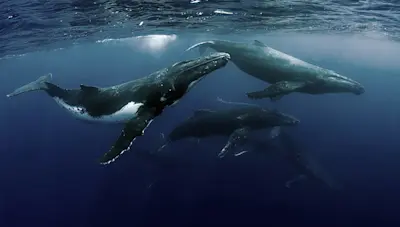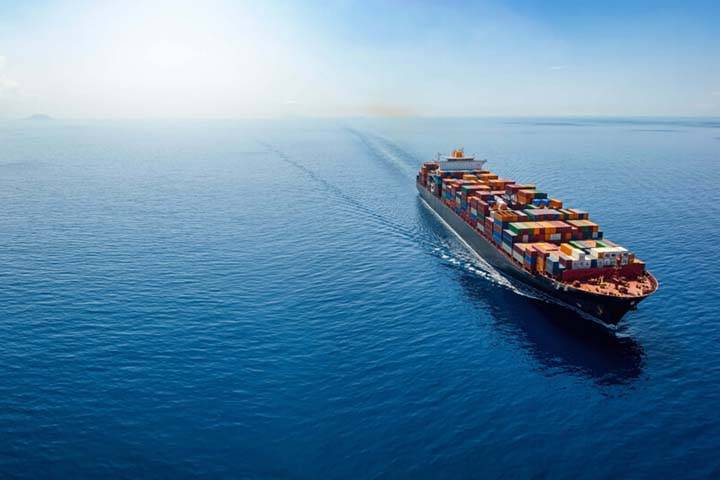Treaty brings unknown changes
On 4 March, UN negotiators agreed the first ever treaty to protect the world’s oceans that lie outside national boundaries. The Biodiversity Beyond National Jurisdiction (BBNJ) agreement, known as the High Seas Treaty, will inevitably have implications for international shipping, but exactly what those implications will be is unclear.
There are some 219 million square kilometres of ocean, known as the ‘high seas’, that lie outside the exclusive economic zones of national jurisdiction. That’s almost two-thirds of the world’s oceans currently without protected status. The new UN treaty is aimed at establishing a legal framework to change this.
Before this enters into force 60 countries will need to sign the treaty, so the impacts are not imminent. The shipping industry has been alerted to the fact that changes to its ways of operating may be coming. What those changes are is still unclear.
What we know about the High Seas Treaty
The IMO points out that “ships plying their trade across the world’s oceans are subject to stringent environmental, safety and security rules, which apply throughout their voyage.” While the Flag State has jurisdiction on ships sailing the high seas, enforcement of many maritime rules tends to be weak or uncoordinated. Ships operating on the high seas can also carry out activities that may not be subject to any regulations and, if they are, monitoring is not always adequate. This inevitably opens the door to infractions.
The BBNJ treaty is most certainly well intentioned. It provides a framework for managing ocean resources. It will also promote realisation of the target to establish 30 percent of the world’s oceans as marine protected areas (MPAs) by 2030. The aim is to change the current situation where states are limited to declaring MPAs solely within their own national jurisdiction.
The treaty requires oversight on high seas activities. Environmental risk assessments will be needed, with input coming from all relevant stakeholders. All in all, the treaty is designed to support the United Nations Convention on the Law of the Sea (UNCLOS) by establishing a holistic approach to protect the marine environment.
The agreement does not apply to warships or naval auxiliary vessels. They are, however, expected to operate in a manner consistent with the agreement.

What we don’t know
There are many aspects of the treaty’s effects on shipping that we don’t know yet. For example, while oversight on high seas activities is the plan, how exactly this will be imposed is unclear. We don’t know what, if any, new regulations on shipping will be legalised.
The most likely marine sectors to be affected appear to be commercial fishing and deep sea mining operations. The same is true for shipping lanes, which may also be affected by potential noise pollution regulations.
But perhaps the biggest question mark is the one relating to open loop scrubber systems. Will the new treaty have an impact on their use? There is already debate within the industry on the effectiveness of these systems in reducing overall environmental harm, and it is possible that the UN Ocean Treaty will revive this.
Under the IMO’s existing regulations on scrubber systems, Flag States are responsible for monitoring their use. One important requirement is that they “shall endeavour not to impair or damage its environment, human health, property, or resources, or those of other states”. There are no guidelines issued for their use beyond national jurisdiction. Nor does the BBNJ treaty include any specific regulations having a direct effect on shipping operations or equipment installed onboard vessels.
There is speculation that the IMO’s Marine Environment Protection Committee will approve a new plan for harmonizing the rules for scrubber washwater discharging. This might be an opportunity for aligning new rules to the ambitions of the treaty.
A need to be prepared
There appears to be general enthusiasm for the aims of the new High Seas Treaty, but the devil might lie in the details. The current environmental legislation is centred on coastal and specific emission control areas. How this legislation will be extended to include ocean areas beyond national jurisdiction has not been explained.
However, it seems clear that the importance of operators being able to plan and monitor complete voyages in full compliance across the high seas will increase. OneOcean is here to help you prepare for this eventuality using our EnviroManager and Regs4ships solutions.
EnviroManager and EnviroManager+ provide end-to-end clarity on environmental regulations in force around the world and along voyage routes, accurately calculated from the correct baseline. If new environmental regulations do come into effect and new MPAs are designated, they will be incorporated into the solution. This tool will provide clarity on the regulations in effect on the high seas and which operational actions are allowed, restricted or prohibited.
Our Regs4ships solution contains an intelligent database of regulatory documents from the IMO, ILO, Flag States and other official regulatory bodies. Any new regulations that come from the UN Ocean Treaty will be incorporated into the solution as soon as they are published. This will give companies the maximum time to read through and prepare for compliance, adjust operations and procedures as needed.
Although the new treaty poses more questions than answers, the industry nevertheless needs to be prepared. OneOcean’s advanced digital solutions are a good place to start.
